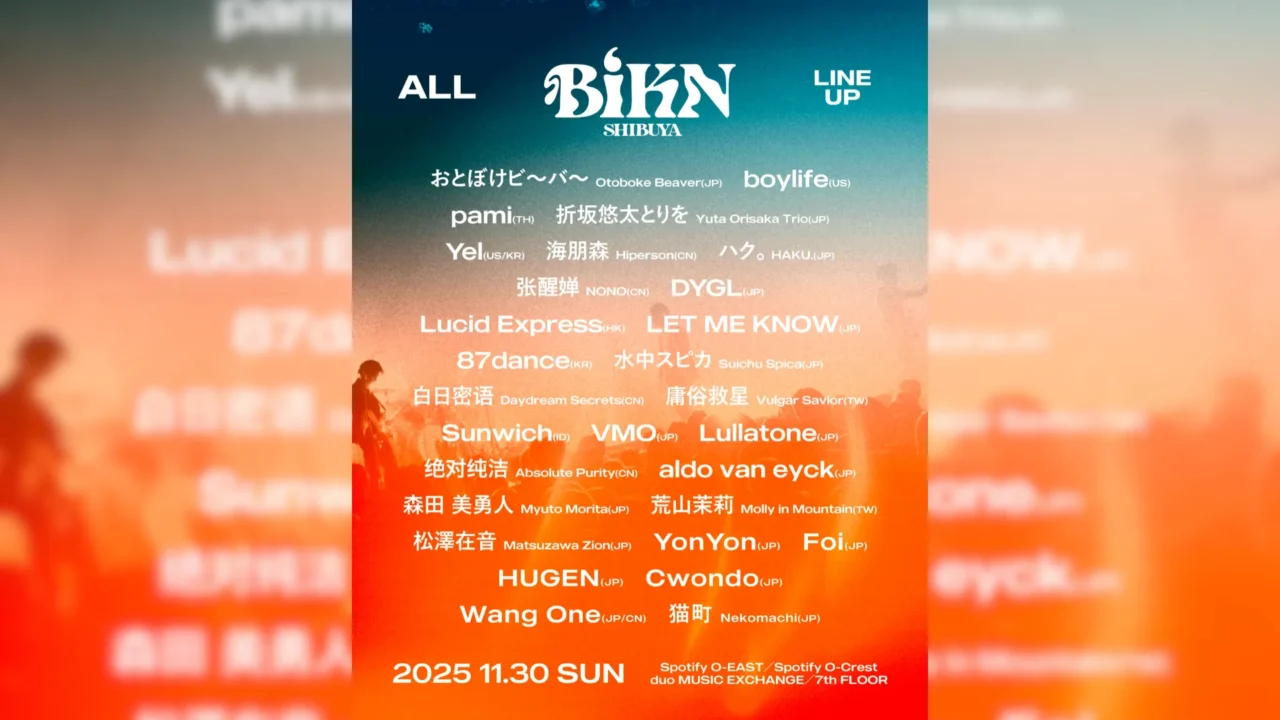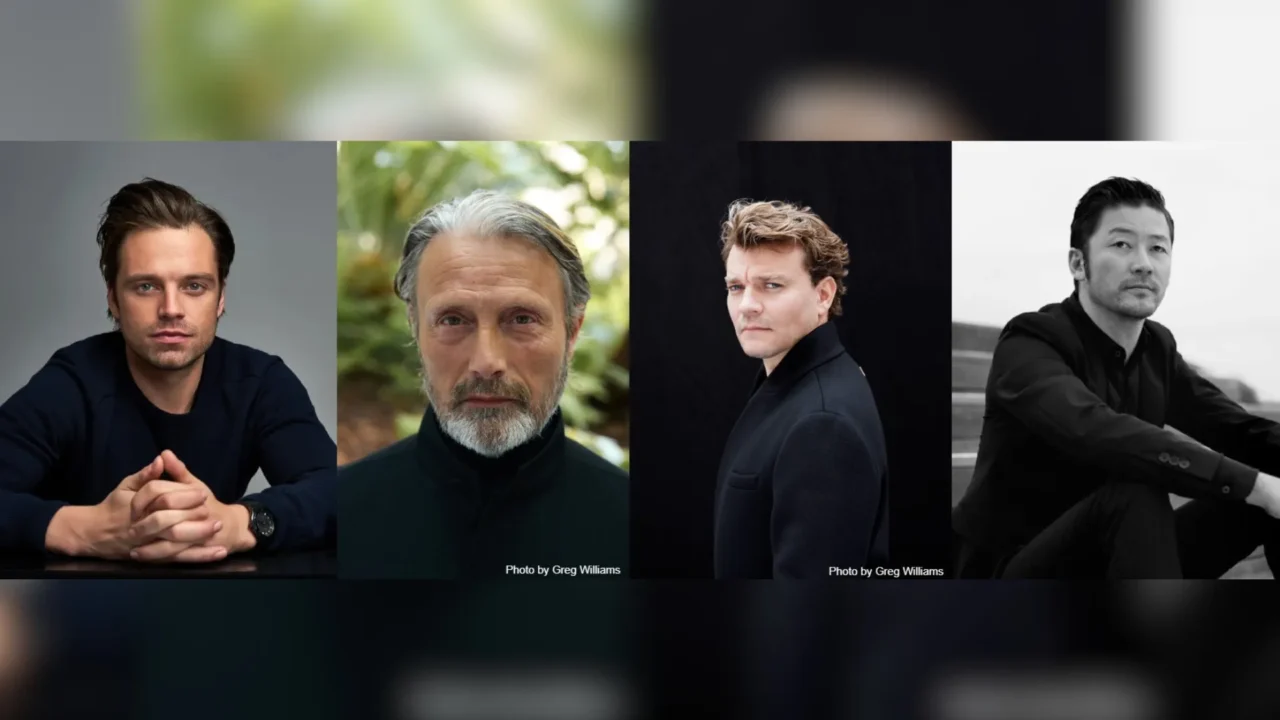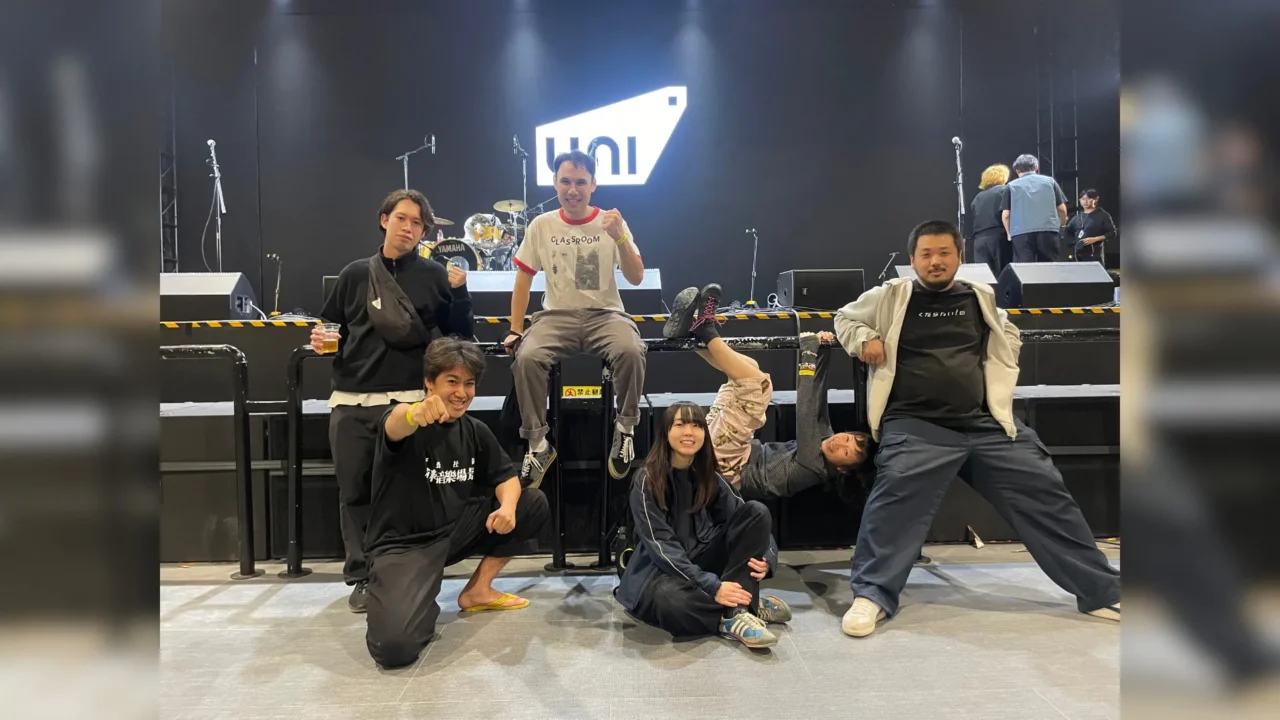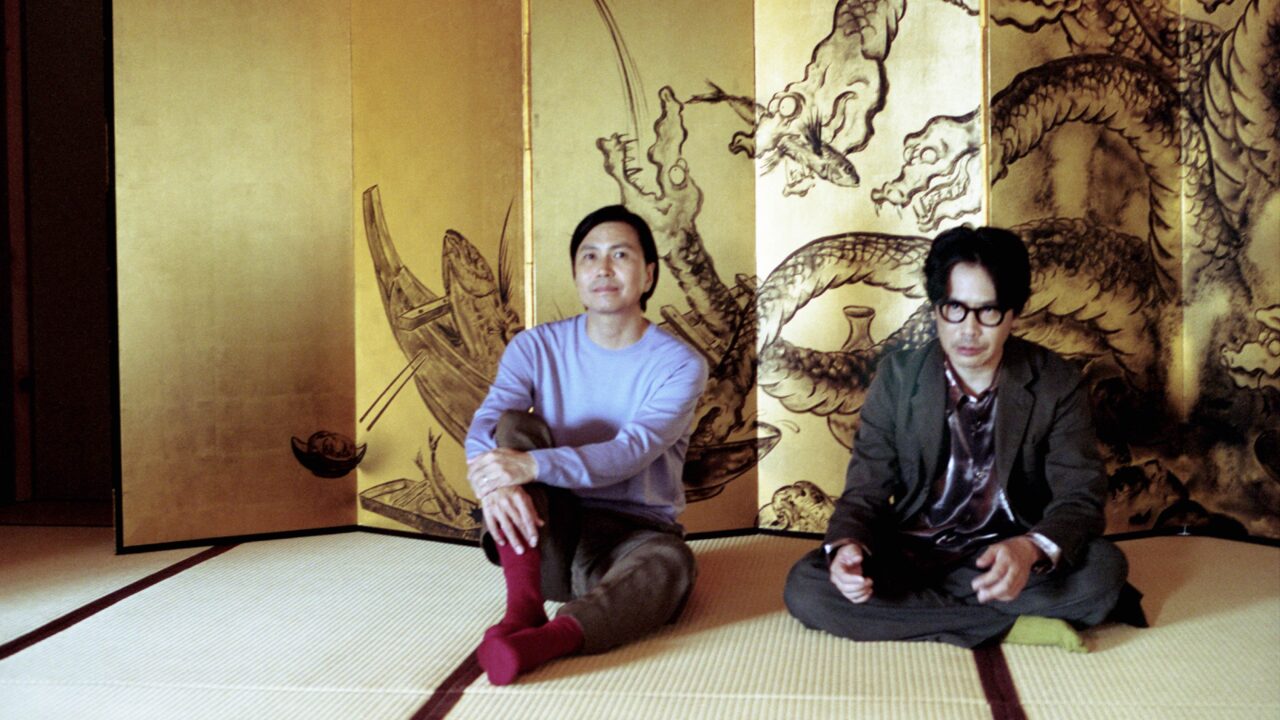A circle of friends connected by gootouchi! The “FIST BUMP” corner of the radio program “GRAND MARQUEE” features people who live and enjoy Tokyo in a relay format.
On September 4, Toshihiko Takayama, a bricklayer and representative of Takayama Brick Architectural Design, will appear. In this interview, we asked him about how he became a bricklayer, the nature of his work, and the appeal of brick architecture.
INDEX
Fateful encounter with a bricklayer at Fuji Rock
Celeina (MC): First up for the week is the program’s nominee, and Takano’s nominee, Toshihiko Takayama, bricklayer and head of Takayama Brick Architectural Design.
Takano(MC): Nice to meet you.
Takayama: Hello, I am Toshihiko Takayama. Nice to meet you.
Takano: First of all, I would like to explain to the listeners that there was a sort of dice roll project for “Fuji Rock,” and that is how we decided on our mission.
Celeina: Yes, something we have to do, so….
Takano: One of the missions was to find a guest for “FIST BUMP,” and I was wandering around the Fuji Rock venue with my eyes peeled for someone interesting. Then I met him at DAY DREAMING.
Takayama: Yes, on the mountain.
Takano: Yes, we met on the mountain. We happened to have a mutual acquaintance, and he connected us.
Celeina: Doesn’t today’s weather feel a bit like DAY DREAMING?
Takano: It does! It reminded me of many things.
Takayama: It was a fateful encounter.
Takano: I mean, we really met by chance.
Celeina: I’m so glad. First of all, let me give you a brief profile of Mr. Takayama. He has been a bricklayer for three generations, starting out at the age of 18, and after succeeding to the third generation, he has been involved in various brick constructions from contemporary architecture to restoration and preservation, including the Shinanomachi Brick Building, the Harumi Triton Redevelopment Project, and the Hakodate Central Library. In 2014, he established Takayama Brick Architectural Design Co. You are also involved in a variety of activities, such as producing artwork using bricks, giving lectures, and participating in symposiums on the theme of the restoration of craftsmanship and this area.
Takano: Yes. So, when I first met Mr. Takayama, he told me he was a bricklayer, a bricklayer! I asked him if he would be my guest.
Takayama: You must have been quite surprised.
Takano: Yes, I was very surprised. I didn’t know anyone around me who worked with bricks.
Celeina: There aren’t many people around me either.
INDEX
I wanted to be a sculptor, but I found myself becoming a bricklayer.
Takano: Come to think of it, I felt that bricks are quite rare. And actually, there are not that many bricklayers in Japan, are there?
Takayama:Yes, as far as I know, there are 50 or 60 bricklayers like us who are involved in construction. They are already an endangered species, a craftsman in the red zone.
Celeina: That’s amazing. I apologize for being a real beginner, but what exactly do bricklayers do?
Takayama:You all know the story of “The Three Little Pigs” in which the youngest child builds a very strong brick building and finally chases away the wolf. So, from public buildings to private buildings to landscapes, I am working to pile bricks on the exterior walls of buildings.
Celeina:I see. In “The Three Little Pigs” the little pig piles up bricks so easily and effortlessly, but in reality, it takes a lot of calculation and time to create a single building, doesn’t it?
Takayama: From the very beginning, with gravity on our side, we piled up about 1,000 or 1,500 bricks from the first level to the highest level. It is a tremendous amount of work, but I think the fact that we enjoy doing it is because it is so fascinating.
Takano: Do you still need mathematical skills, a sense of style, or knowledge?
Takayama: Yes, it does. Since the material requires a great deal of structural elements, it is difficult to become a first-rate craftsman without a certain amount of mathematical or numerical skills in one’s head.
Celeina:I see.
Takano: Since both your grandfather and father were bricklayers, did you always want to be a bricklayer?
Takayama: Actually, I didn’t have the slightest idea that I wanted to be a bricklayer at that time. When I graduated from high school at the age of 18, I wanted to be a sculptor. I didn’t want to go to school or anything, but I wanted to go to Italy and train as a sculptor under a master. But I needed to save up money to go there, so I quickly asked my father to let me have a part-time job. It was the height of the bubble economy, and the construction industry was quite lucrative. I was allowed to work part-time for about a year, and when I had saved up enough money, I said, “Dad, I’m leaving soon. I thought it couldn’t be helped, so I helped for another six months, and after six months, when I finally said, “Dad, I’m leaving,” he said, “Toshihiko, you’re abandoning me, aren’t you?
Takano: It was a sneaky thing to do (haha).
Takayama: It was really sneaky. After another six months, I said, “Toshihiko, maybe you should learn a few words.” I was also a simple person, so I thought, I should learn a few words for about six months. So I was tricked, tricked, tricked into becoming a craftsman.
Takano: There may have been some kind of strategy on your father’s part.
Takayama: I think he was probably quite strategic.
INDEX
Designing bricks may not be much different from sculpture.
Takano: But is that where you realized the appeal of bricks?
Takayama: I wanted to be a sculptor from the very beginning, so I think that designing bricks, which is what I am doing now, is not so different from sculpture. I realized at one point that brick piling is just like sculpture, and I began to enjoy it, and what was a trick turned into a real job.
Takano: I see. But it’s true, I’d like everyone to take a look at Mr. Takayama’s website, and when I look at his works, many of them have undulations and other design features that make them look like works of art. If you just look at the words, bricks may conjure up images of “The Three Little Pigs,” but I would say that they are artistic expressions.
Takayama:Thank you very much.
Celeina:It must have its origin in sculpture.
Takayama:. Yes. Also, the construction industry in which we work is still in a negative state, with the 3Ks of hard work, dirtiness, and danger. When we started our apprenticeship, the income was still good enough to dispel this. But now, more than 30 years later, the wages haven’t changed much, and the business is losing its appeal, so it’s hard to get young people to stay. So, when I thought about what kind of appeal I should convey with the bricks, I decided to convey an artistic sensibility rather than just piling them up. I thought it would be quite interesting if I could convey the appeal of bricks to the world, and that is the starting point of the various design projects I am doing now.
Takano: We will be posting a link to Mr. Takayama’s website from the program’s SNS, so if you are interested, please check it out. So, I would like to go to one song here. I asked Mr. Takayama to choose a song that he would like everyone to listen to together on the radio at this time. What song would it be?
Takayama:One of the reasons I went to “Fuji Rock” for the first time was because Eikichi Yazawa, one of my all-time favorites, was going to participate. So I chose this song to express my feelings at that time.
Takano: I see. Please introduce the song again.
Takayama: “Jikan yo Tomare” by Eikichi Yazawa.
INDEX
Tokyo Station, a brick architecture that is often overlooked
Celeina: I’ve heard a lot about brick architecture.
Takayama: A simple one would be Tokyo Station.
Takano: Tokyo Station!
Celeina: Bricks! So many bricks!
Takano: I was so blindsided by it.
Takayama: Who doesn’t know that?
Celeina: That’s right.
Takano: What are the highlights of Tokyo Station in your opinion?
Takayama: The exterior and interior walls are covered with bricks, so please take a look next time you change trains or use Tokyo Station.
Takano: If you are a little conscious of it, there are bricks.
Celeina: I would like to ask you about brick buildings that you admire.
Takayama: I was in England once, and there is a station in London called King’s Cross St. Pancras, which is really a brick building.
Celeina:I would like to see it someday.
Takano: It makes me want to go on a trip to look for bricks.
Takayama: You should definitely go there.
Celeina:As part of the “FIST BUMP” circle of friends connected by go-touch, we are asking you to introduce us to some of your friends.
Takayama: There is an architect named Daisuke Sugawara. In a word, he is an architect who is a little bit different, who acts like an adhesive.
Takano: A glue-like role.
Celeina: I’m curious about that.
Takayama: As an architect, of course he designs buildings, but he is also an architect who creates a base in the middle of a town or city, and based on that base, he tries to connect people with each other in an interesting way.
Takano: It’s a good warding.
Celeina: I’m looking forward to it.
Takano:So tomorrow, we will be welcoming architect Daisuke Sugawara.
Celeina:From the miraculous encounter from DAY DREAMING to FIST BUMP today.
Takano:I am happy to see you again.
Takayama: It was a fateful encounter, thank you very much.
Celeina:Thank you very much. FIST BUMP”, today we welcome Mr. Toshihiko Takayama, bricklayer and representative of Takayama Brick Architectural Design, thank you very much.
Takayama: Thank you very much.

GRAND MARQUEE
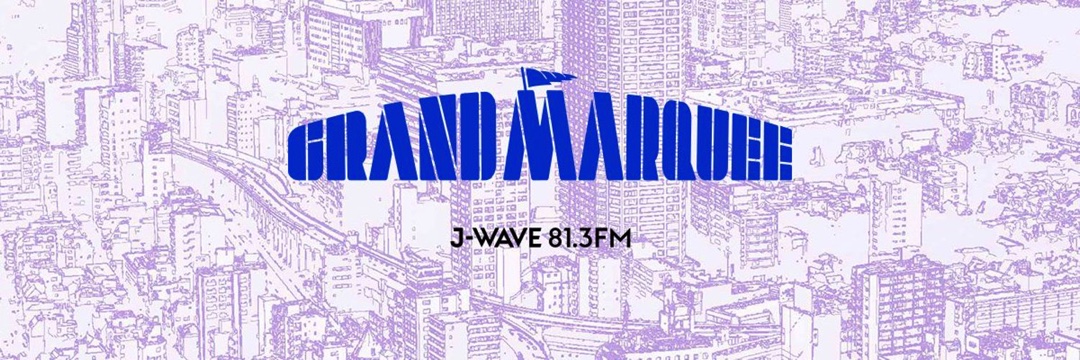
J-WAVE (81.3FM) Mon-Thu 16:00 – 18:50
Navigator: Shinya Takano, Celeina Ann











